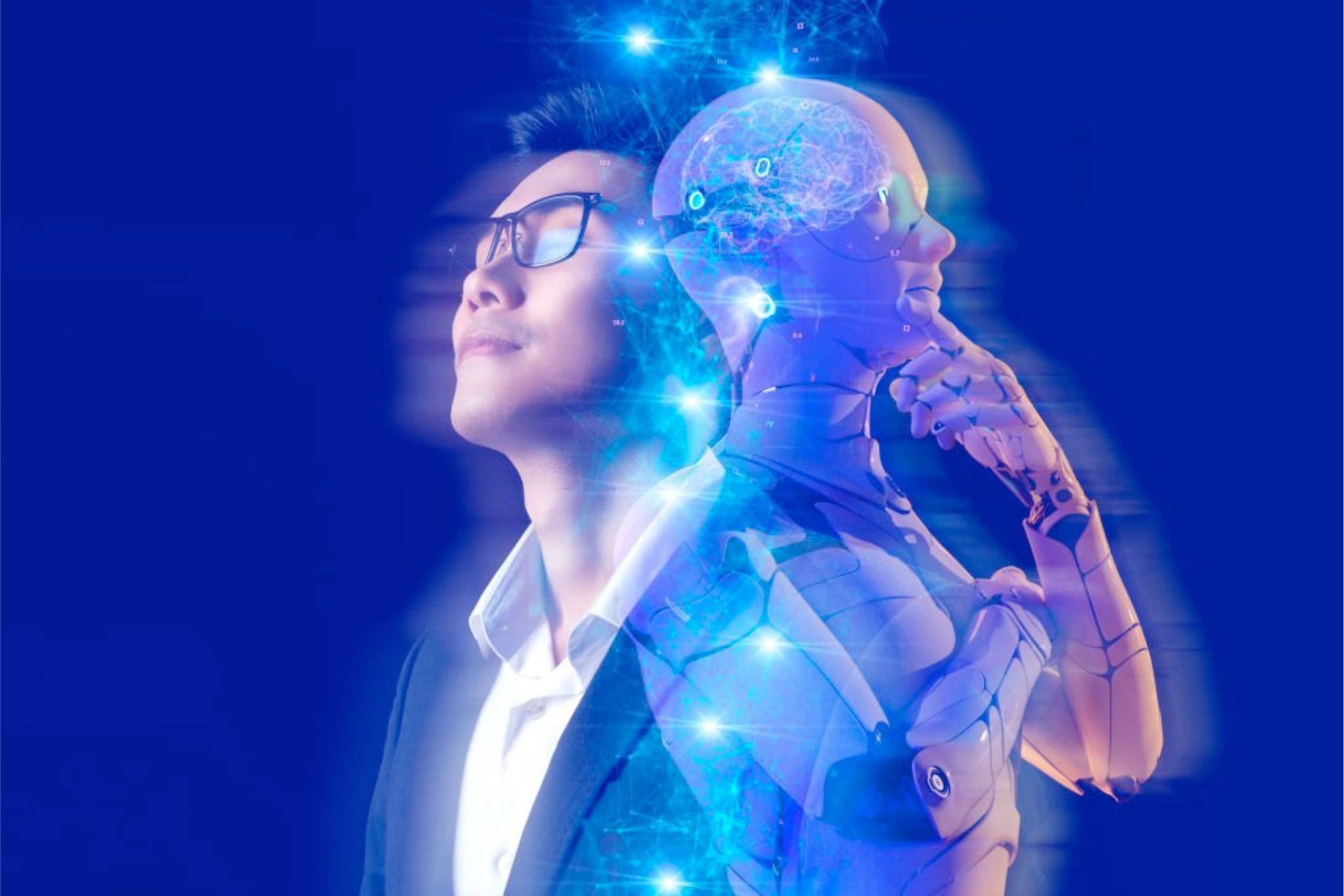ChatGPT-4 is a recent addition to the family of AI language models created by OpenAI. It is a state-of-the-art natural language processing (NLP) model that builds upon the success of its predecessor, GPT-3. The purpose of ChatGPT-4 is to improve the capabilities of conversational AI and expand the possibilities of NLP. This article will explore the differences between ChatGPT-4 and GPT-3, the enhancements made in context understanding and language generation, potential applications in various industries, ethical concerns surrounding AI language models, and the future of conversational AI.
How ChatGPT-4 is Different from its Predecessor GPT-3
ChatGPT-4 differs from its predecessor in terms of architecture and capabilities. The most significant improvement is the increase in the number of parameters from 175 billion in GPT-3 to 10 trillion in ChatGPT-4. This expansion allows for more complex and nuanced language processing capabilities, making it more accurate and natural in its responses. ChatGPT-4 also includes a more efficient training process that reduces the cost and time required for training models.
Enhanced Context Understanding: A Game-Changer for NLP
Context understanding is a crucial aspect of NLP that allows AI models to comprehend the meaning and intent behind words and phrases. ChatGPT-4 has significantly improved context understanding capabilities compared to its predecessor. For example, ChatGPT-4 can recognize the context of specific genres or topics, allowing it to provide more accurate and relevant responses. It can also understand and respond to complex queries and conversations, which can be challenging for traditional AI language models.
Improved Language Generation Capabilities of ChatGPT-4
Language generation refers to the ability of an AI model to generate text that is coherent, natural-sounding, and grammatically correct. ChatGPT-4 has significantly improved language generation capabilities compared to GPT-3. For example, ChatGPT-4 can generate more human-like responses and has a more nuanced understanding of language structures, making it better at producing more diverse and creative responses.
Potential Applications of ChatGPT-4 in Business and Industry
The potential applications of ChatGPT-4 in various industries are numerous. For example, it can be used to improve customer service by providing more accurate and relevant responses to customer queries. It can also be used in the healthcare industry to assist with medical diagnosis and treatment recommendations. Additionally, it can be used in education to create more personalized learning experiences for students.

Ethics and Concerns Regarding the Use of ChatGPT-4
AI language models like ChatGPT-4 also raise concerns about ethics and privacy. For example, there is a risk of bias and discrimination in the responses generated by ChatGPT-4, as it learns from the data it is fed. Additionally, there is a concern about the use of AI language models in creating fake news or manipulating public opinion.
The Future of Conversational AI with ChatGPT-4
The introduction of ChatGPT-4 marks an exciting advancement in the field of conversational AI. It has the potential to revolutionize the way we communicate with technology and each other. With its improved context understanding and language generation capabilities, ChatGPT-4 has the potential to enhance our interactions with machines and create new opportunities for businesses and industries.
Conclusion: The Exciting Potential of OpenAI’s ChatGPT-4
ChatGPT-4 represents a significant leap forward in the field of NLP and AI. Its enhanced context understanding and language generation capabilities, along with its potential applications in various industries, make it an exciting development for the future of conversational AI.
FAQs
ChatGPT-4 is an AI language model developed by OpenAI that is an improvement over its predecessor, GPT-3. It uses a larger neural network and has more advanced capabilities.
ChatGPT-4’s enhanced context understanding capabilities allow it to better understand the meaning and context of words and phrases, leading to more accurate natural language processing.
ChatGPT-4 has improved language generation capabilities over GPT-3 through the use of a larger training dataset and more advanced algorithms, leading to more natural and coherent language generation.
ChatGPT-4 can be leveraged in various industries such as customer service, healthcare, education, and finance to create innovative products such as chatbots, virtual assistants, and language translation tools.
